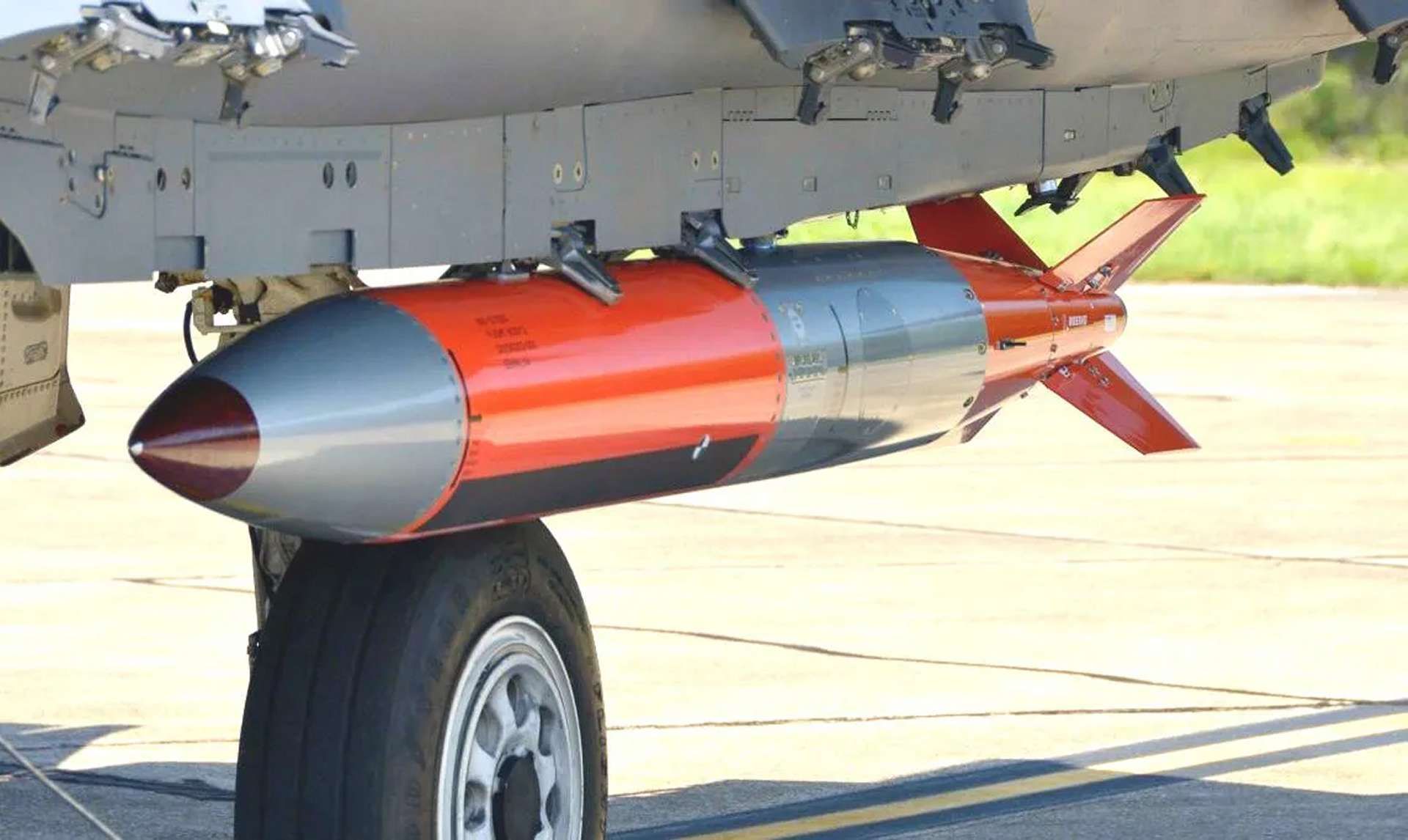On September 3, 2024, TaskForce23 observed a Panavia Tornado, a multi-role combat aircraft operated by the German Air Force (Luftwaffe), returning to Edwards Air Force Base, a United States Air Force facility in California. The aircraft, identified by registration number 98+59, appeared to be carrying a B61-12 thermonuclear bomb. However, it is likely that the weapon was a training device or part of a Joint Test Assembly (JTA) flight test, rather than a live nuclear warhead.

According to the U.S. National Nuclear Security Administration (NNSA), a Joint Test Assembly (JTA) flight test is conducted to gather data on the reliability, accuracy, and performance of the United States’ nuclear deterrent under conditions that mimic operational use, without involving nuclear explosives. These tests are a collaborative effort between the Department of Defense and the NNSA, supporting the assessment of the nuclear triad’s delivery systems, which include bomber aircraft, land-based intercontinental ballistic missiles, and submarine-launched ballistic missiles. JTA flight tests utilize two types of assemblies: instrumented, which are equipped with telemetry systems to collect performance data, and high-fidelity, which validate the systems’ functional performance. Data collected through telemetric monitoring across launch, flight, and reentry is essential for ongoing surveillance, qualification processes, and the development of weapon systems.
The sighting of the Tornado carrying a likely inert, production-representative version of the B61-12 is considered a reflection of collaboration between NATO allies and the United States to maintain the aircraft’s compatibility with modern nuclear capabilities. The observed device was possibly used for captive carriage tests, such as limit cycle oscillation tests, rather than separation tests, as indicated by the absence of fiducials. While live nuclear weapons can technically be transported between bases, this generally occurs only under specific circumstances, usually when preparing for potential operational use.
The B61-12 is the latest variant in the B61 series of nuclear bombs, which has been in service since 1968. It has been developed under a Life Extension Program (LEP) aimed at extending the bomb’s service life by 20 years through the refurbishment and replacement of aged components. The program, which involves modifying 400 bombs at a cost of $7.6 billion, is scheduled for completion by 2025. The B61-12 is designed for both strategic and tactical use and incorporates a two-stage radiation implosion design that allows for variable yield settings to adapt to different mission requirements.
